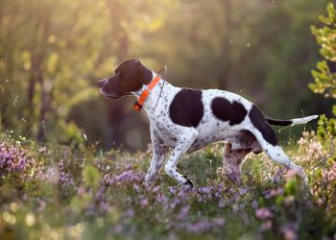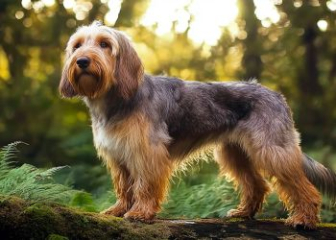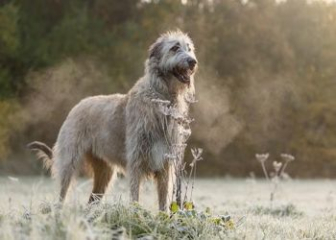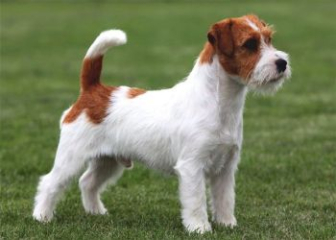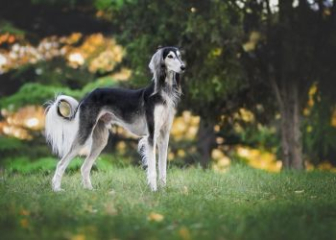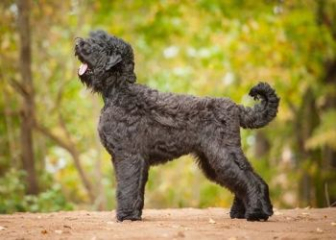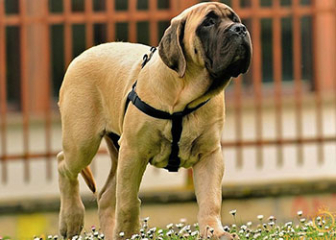Doberman Dog – An Overview of the Top Loyal Guardian
Blog | by
The Doberman dog, officially known as the Dobermann Pinscher, is a famous German breed widely used for guarding homes. Though known for its aggressive nature, it is extremely loyal.
Dobermans are regarded as one of the most exceptional and loyal “guards” among dogs. Despite their fierce temperament, they are obedient and easy to train. Additionally, their tall, muscular physique makes them a favorite among dog lovers. If you are not yet familiar with dog breed, let’s explore it in detail in the article below!
Where Did Dobermans Originate?
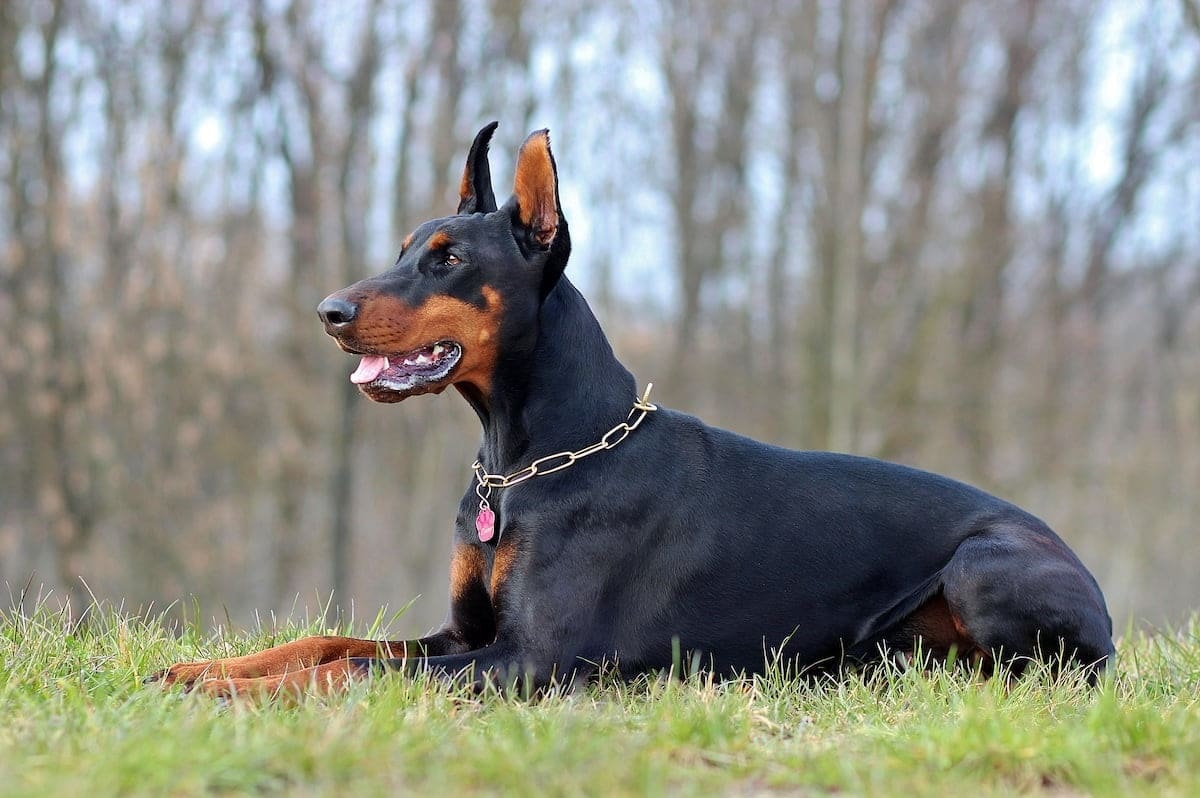
The Doberman dog originates from Germany.
The Doberman breed originates from Germany and was created by Karl Friedrich Louis Dobermann, a tax collector and dog catcher in the Thuringia region. Due to the dangerous nature of his job, he aimed to develop a loyal and brave breed that could protect him while performing his duties.
While the exact breeds used to create the Doberman remain unknown, it is believed that Louis Dobermann crossbred the following dogs:
- German Pinscher
- Rottweiler
- Greyhound
- Manchester Terrier
- Beauceron
Physical Characteristics of the Doberman
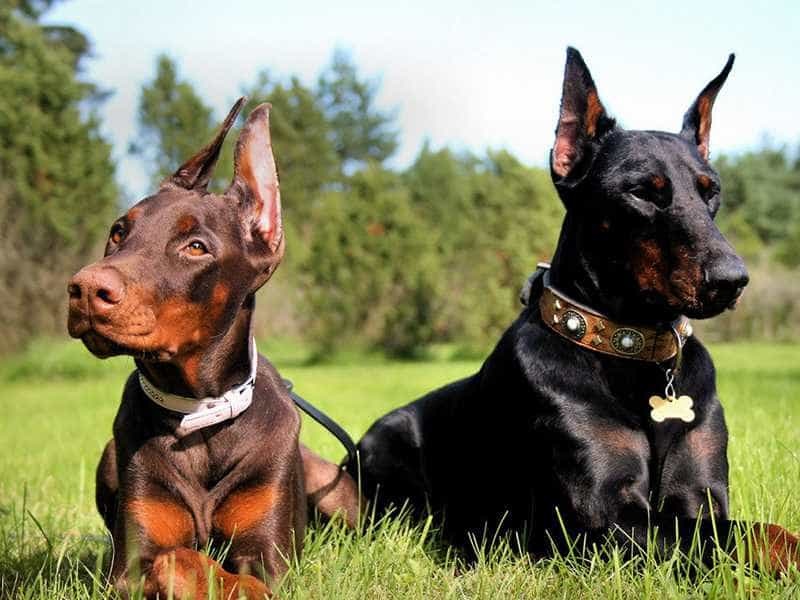
Doberman females are generally smaller than males.
Size and Weight
The Doberman is a tall, lean breed with a broad chest. Males are always larger and heavier than females:
Male Doberman:
- Height: 66 - 72 cm
- Weight: 40 - 45 kg
Female Doberman:
- Height: 61 - 68 cm
- Weight: 32 - 35 kg
Appearance Features
The Doberman has a striking and powerful appearance:
- Head Shape: Sleek, elongated, and proportionally small compared to the body.
- Muzzle: Long with sharp, strong teeth and a scissor bite.
- Nose: Color varies depending on coat color, usually black, dark brown, gray, or light brown.
- Eyes: Brown, with an intense, sharp gaze.
- Coat: Short, smooth, and typically black & tan, blue-gray, fawn, or even white due to genetic mutation.
- Ears: Small, pointed, and naturally erect.
Personality Traits of the Doberman
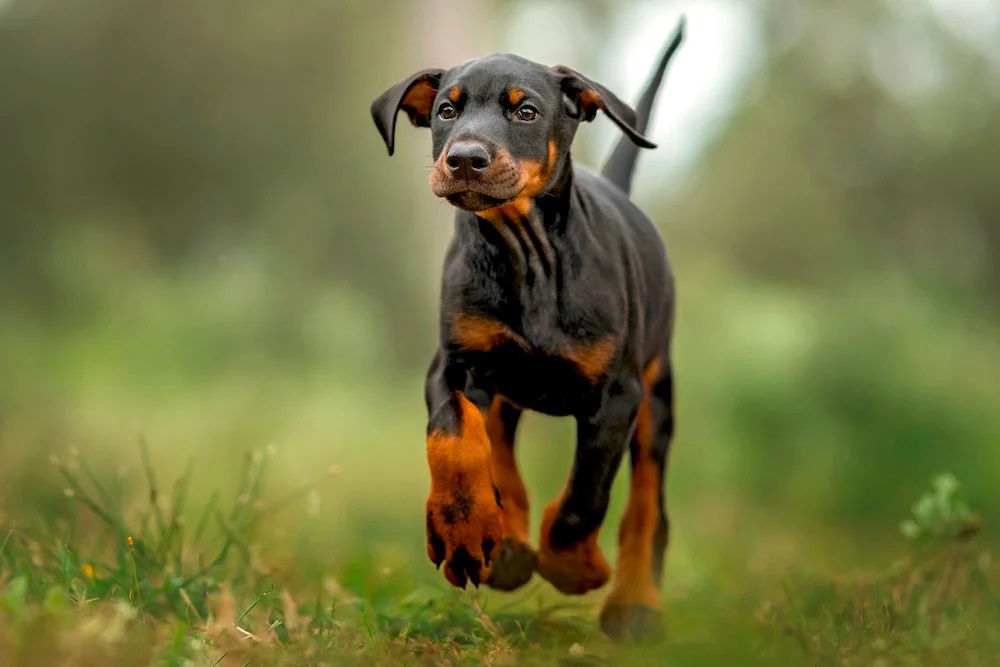
A lively image of a Doberman running and jumping.
The Doberman is not just a beautiful breed but also has unique personality traits that make it one of the world’s most loyal guardians. Let’s explore them below!
Absolute Loyalty
Dobermans are known as one of the most loyal dog breeds. Once they recognize someone as their owner, they will stay by their side and protect them at all costs. Despite their large size, Dobermans enjoy affection and tend to be quite “clingy.”
Intelligence and Trainability
According to Dr. Stanley Coren’s research, Dobermans rank among the top five most intelligent dog breeds. This makes them highly trainable, requiring little effort to teach commands and behaviors.
Courage and Fearlessness
Bred for protection, Dobermans are inherently brave and fearless. They maintain high alertness and do not get startled by loud noises or dangerous situations.
Essential Nutrition for Dobermans
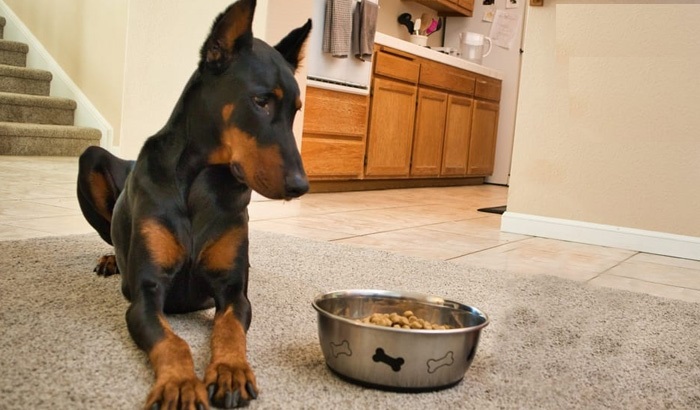
Since Dobermans are muscular dogs, they require a protein-rich diet along with other essential nutrients to stay healthy. Here’s a breakdown:
- Protein: 25 - 30% of their diet for muscle development.
- Fats: 10 - 15% to provide energy and maintain a healthy coat.
- Carbohydrates: 30 - 40% for energy supply.
- Calcium & Phosphorus: For strong bones.
- Vitamins & Minerals: To support immunity.
Feeding Guide by Life Stage
Puppy Stage (2 - 6 months)
Puppies need high protein and calcium for growth.
- Diet Composition:
- Lean meats (lamb, chicken, beef): 40%
- Carbohydrates (brown rice, oats, sweet potatoes): 20%
- Vegetables (carrots, pumpkin, broccoli): 15%
- Eggs, milk, cheese: 10%
- Feeding Frequency: 4 - 5 small meals per day.
Adult Stage (6 months - 2 years)
Adult Dobermans require more protein, fat, and energy for full development.
- Diet Composition:
- Meats (beef, chicken, organ meats): 50%
- Carbohydrates (rice, oats, potatoes): 25%
- Vegetables (carrots, cucumbers, broccoli): 15%
- Omega-3, boiled eggs, yogurt supplements.
Senior Stage (Above 2 years)
Older Dobermans need softer, easily digestible foods with more fiber.
- Diet Composition:
- Lean meats (chicken, beef, organ meats): 40%
- Soft carbohydrates (cooked brown rice, oatmeal, sweet potatoes): 20%
- Vegetables (carrots, broccoli, cabbage, pumpkin): 20%
- Omega-3, glucosamine for joint health.
How to Care for a Doberman
Dobermans, though originating from Germany, are now widely kept in Vietnam. Proper care includes:
- Coat Care: Brush 2 - 3 times weekly and use specialized dog shampoo.
- Nail Trimming: Regularly cut nails.
- Oral Hygiene: Brush their teeth 2 - 3 times weekly with dog toothpaste.
- Deworming: Every 2 - 3 months to prevent digestive issues.
- Vaccination: Ensure full vaccination for rabies, parvo, hepatitis, etc.
- Living Environment: Suitable for both indoor and outdoor settings. If indoors, take them out for frequent walks.
- Diet: Follow the recommended feeding regimen.
Common Health Issues in Dobermans and Basic Treatments
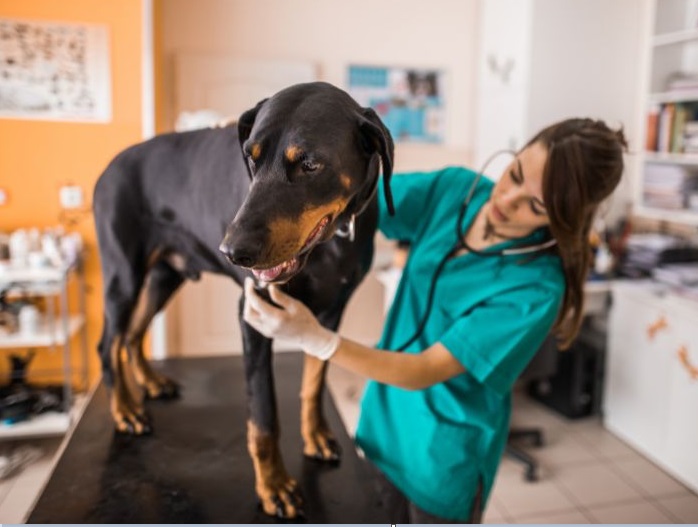
A Doberman being examined by a veterinarian.
Like all breeds, Dobermans are prone to genetic and environmental health issues. Here are some common conditions and their treatments:
-
Gastric Dilatation-Volvulus (GDV)
- Cause: Eating too fast, high-carb, low-fiber diet, excessive activity after eating.
- Symptoms: Bloated stomach, heavy breathing, excessive drooling, unsuccessful attempts to vomit.
- Prevention: Use slow-feeding bowls and avoid activity right after meals.
- Treatment: Seek immediate veterinary attention.
-
Hip Dysplasia
- Cause: Genetic factors, calcium deficiency, excessive movement in young dogs.
- Symptoms: Limping, difficulty standing, pain when touching the hip.
- Prevention: Provide calcium, glucosamine, and avoid over-exercising young pups.
- Treatment: Consult a vet for anti-inflammatory medication or surgery if necessary.
-
Von Willebrand Disease (Blood Clotting Disorder)
- Cause: Genetic defect or lack of Von Willebrand protein.
- Symptoms: Excessive bleeding, frequent nosebleeds, bleeding gums, fatigue.
- Treatment: Veterinary supervision with blood clotting medication or transfusions.
-
Dilated Cardiomyopathy (DCM)
- Cause: Enlarged heart, taurine or L-carnitine deficiency.
- Symptoms: Labored breathing, lethargy, swollen belly, fainting.
- Treatment: Veterinary consultation, specialized medications, low-sodium diet.
How to Properly Train a Doberman
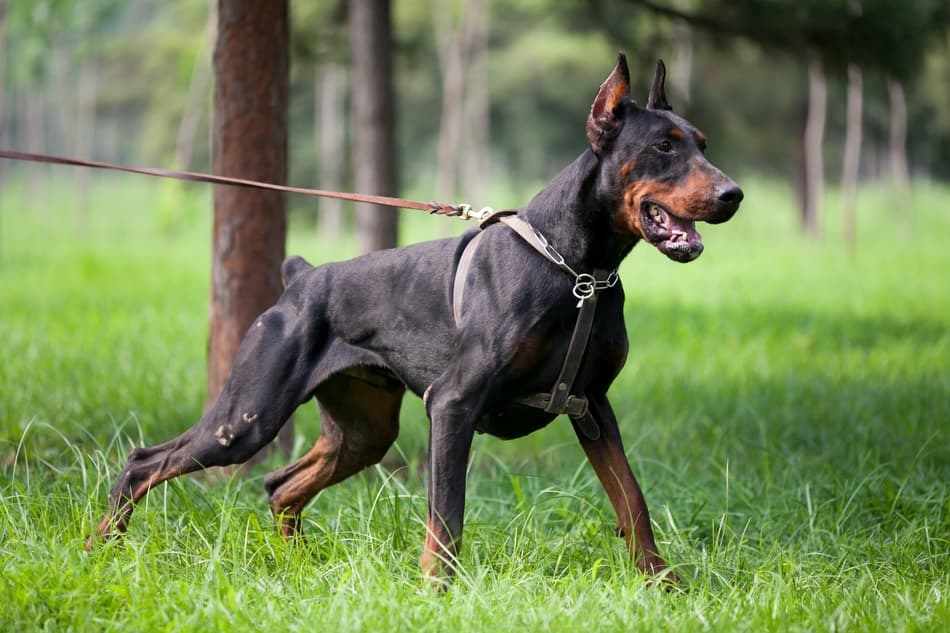
Doberman dogs are quite aggressive and need to be trained properly
Dobermans are intelligent and quick learners, but training should start early with consistent, discipline-based methods (not punishment).
- Basic Training (2 - 6 months): Name recognition, recall, sit, stay, no biting.
- Advanced Training (6 months - 2 years): Stand, walk beside the owner, guard commands.
- Specialized Training (Above 2 years): Scent detection, object retrieval, obstacle navigation.
Make sure to train your Doberman properly or consult experts to help shape them into a loyal, brave, and trustworthy companion.
Doberman Price Guide
Dobermans are an imported breed with high prices, ranging from 5 - 60 million VND depending on origin and purity.
| Origin | Price (Reference) |
|---|---|
| Born in Vietnam | 5 - 7 million VND |
| Imported from Thailand | 8 - 15 million VND |
| Imported from Europe | 40 - 60 million VND |
Note: The above price list is for reference only and may change depending on the time.
Collection of Beautiful Doberman Images
If you love the Doberman breed, take a moment to admire some stunning images of these dogs that we have compiled below.
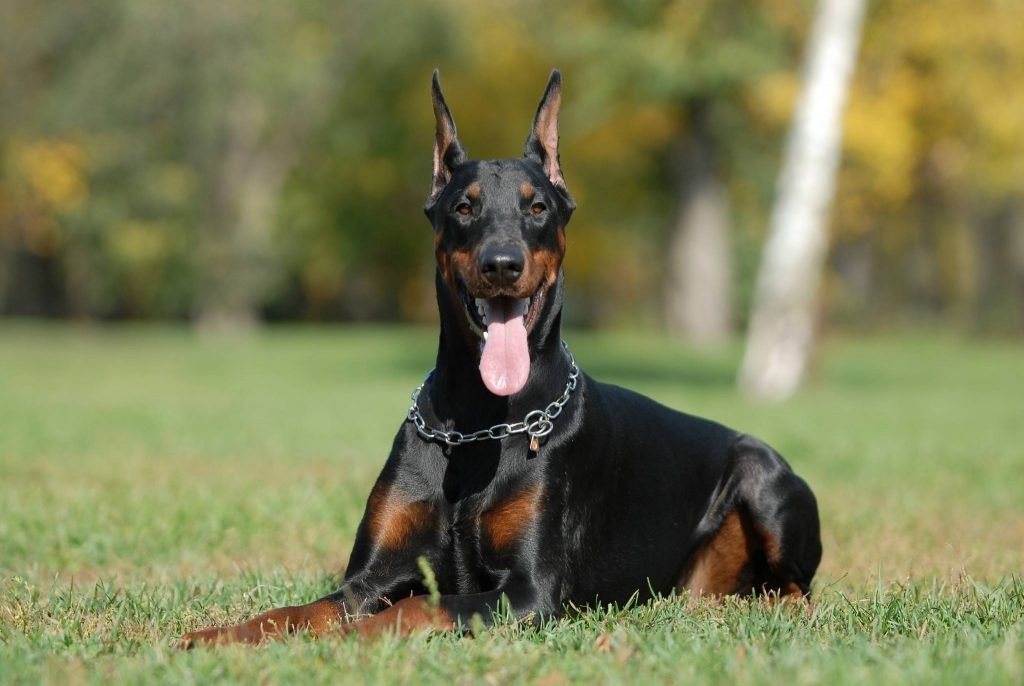
Black Doberman.
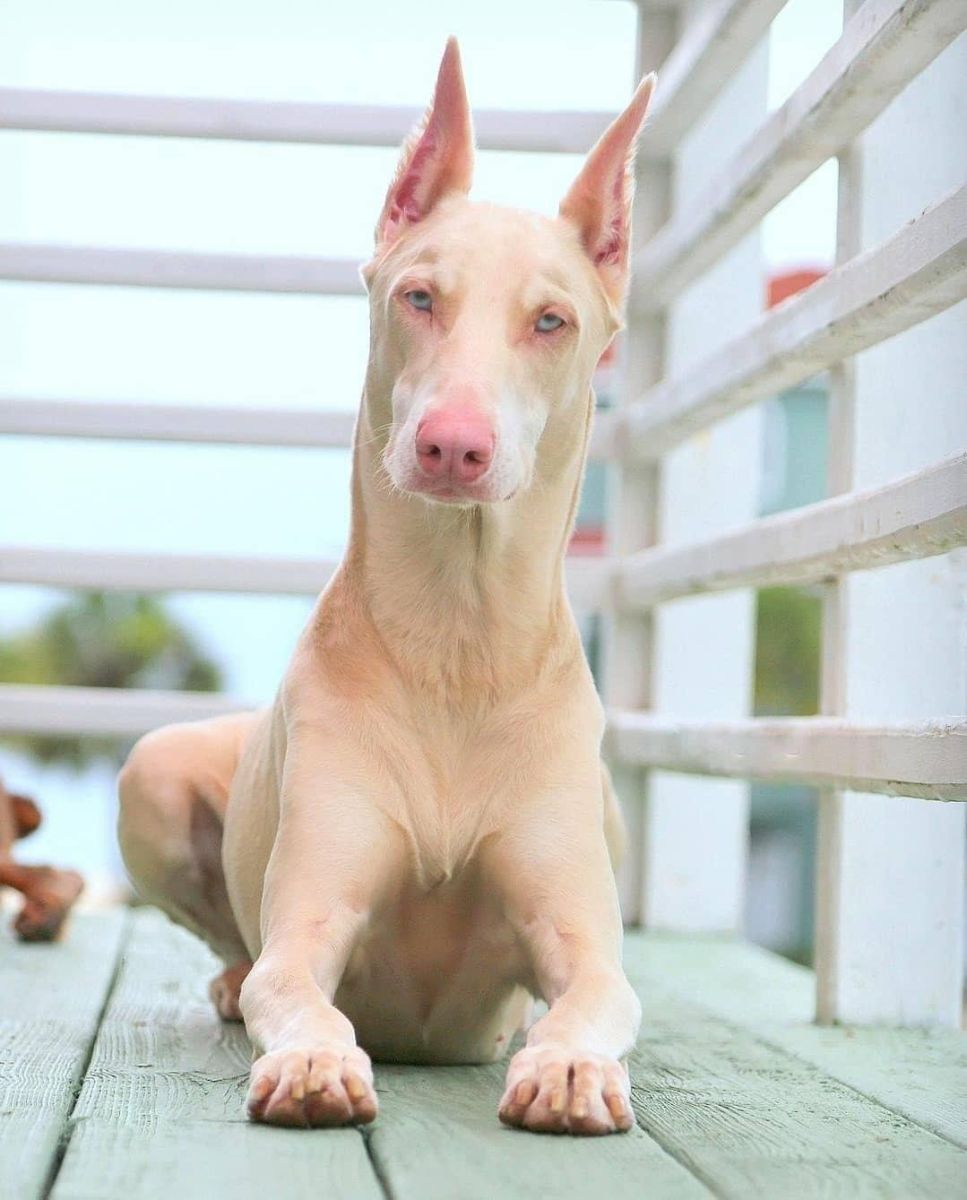
White Doberma.
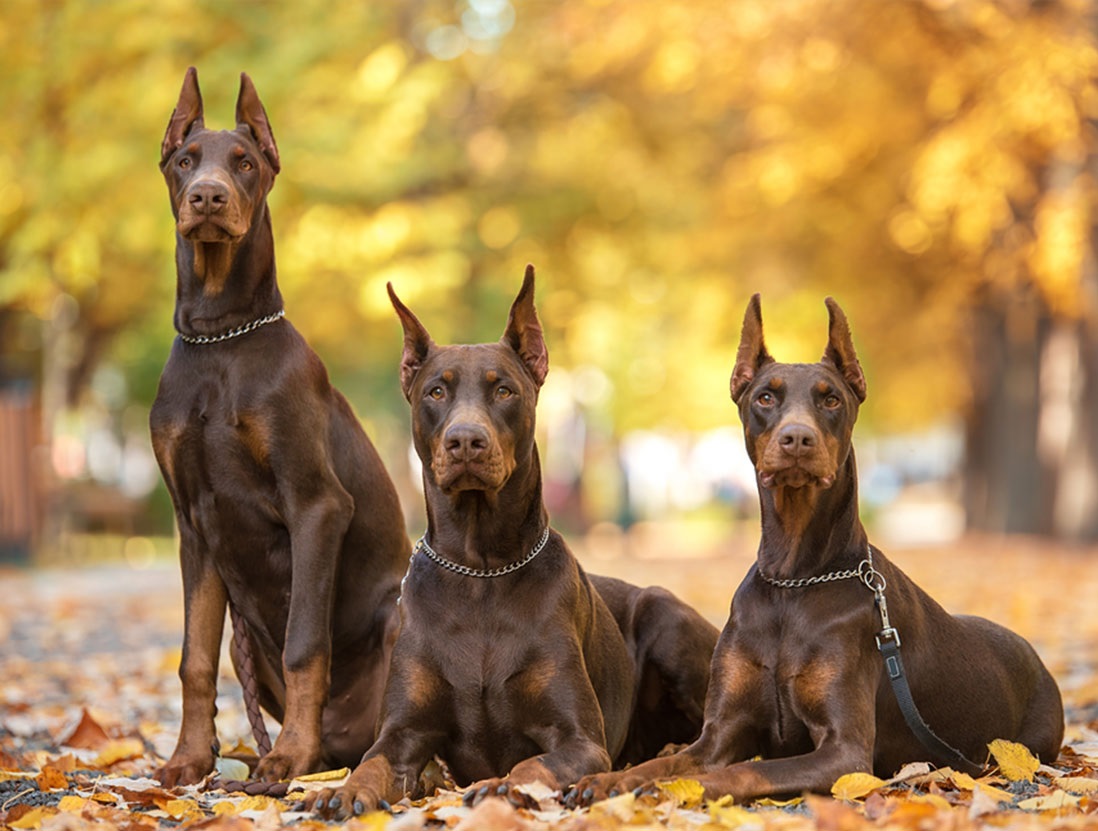
European Doberman
Through this article, dogbreed.wiki has provided detailed information about the Doberman breed, including its origin, physical characteristics, temperament, diet, nutrition for each stage of life, as well as common diseases and their prevention and treatment.
We hope this information helps you better understand and take proper care of this breed, so you can own a truly exceptional guard dog.
If you are interested and want to learn more about other dog breeds, don't miss the next posts on blog, goodbye and see you again!

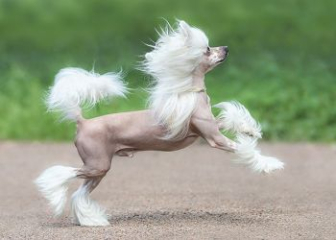
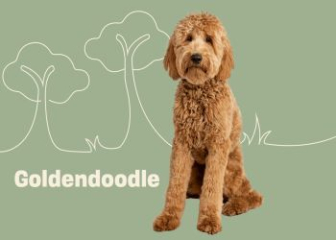
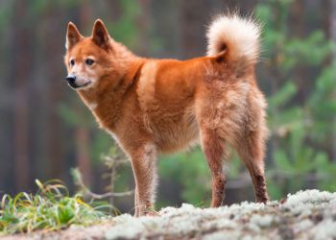

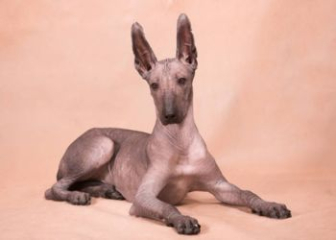
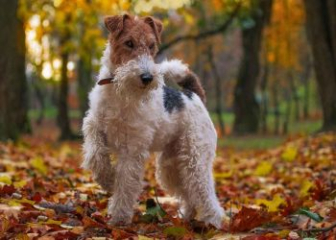


_350x250.jpg)

